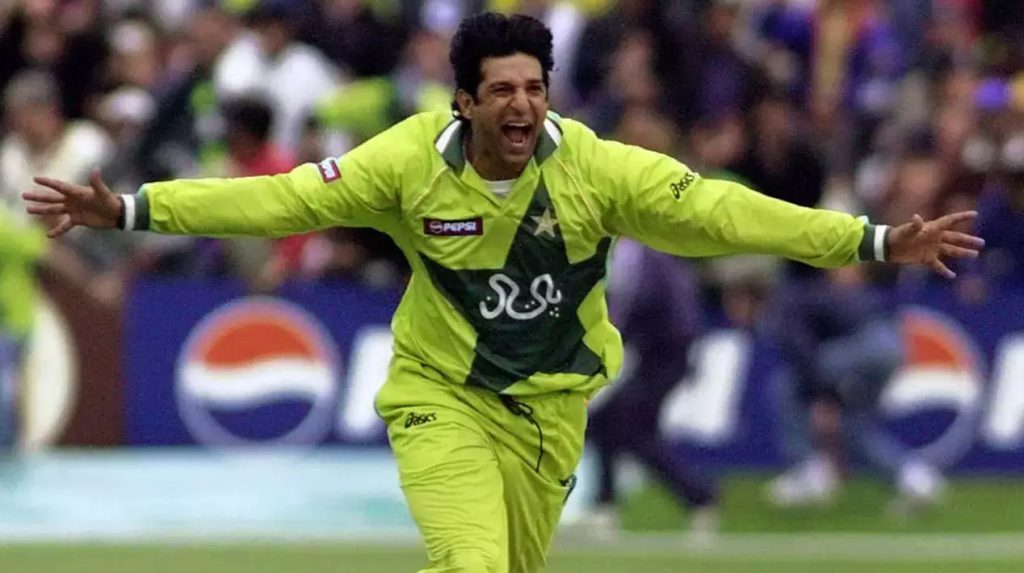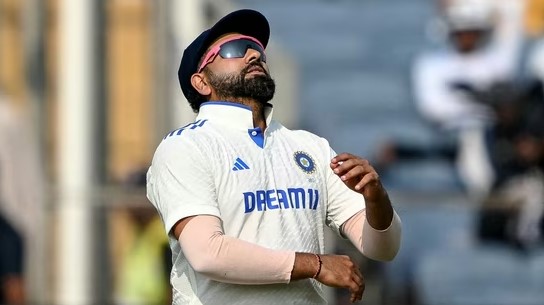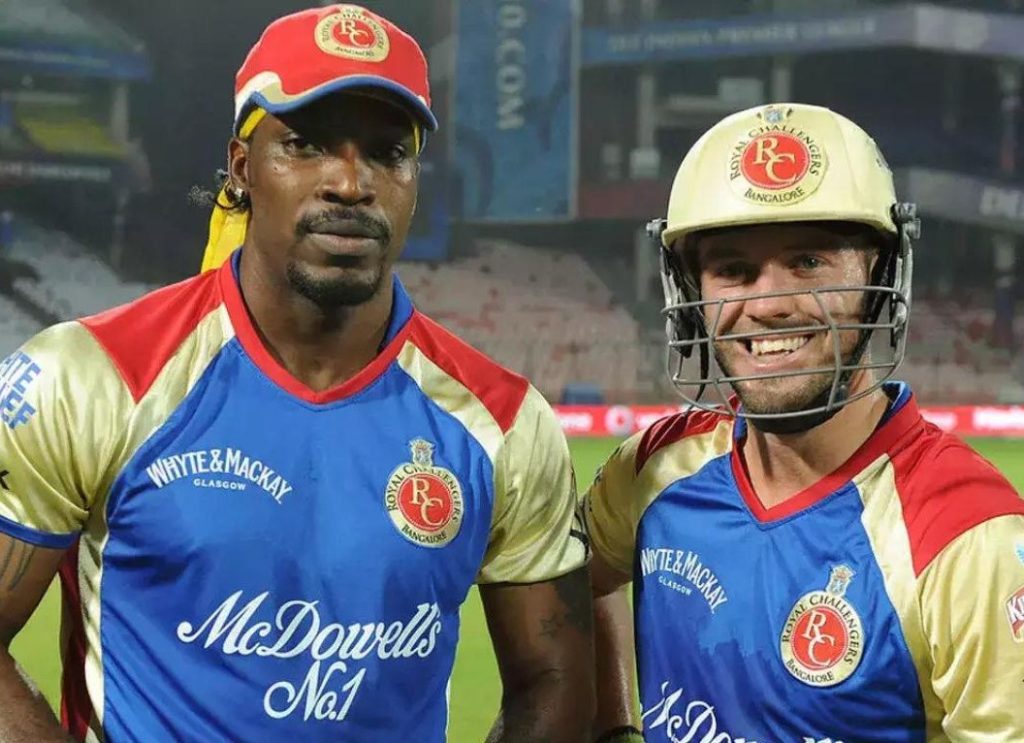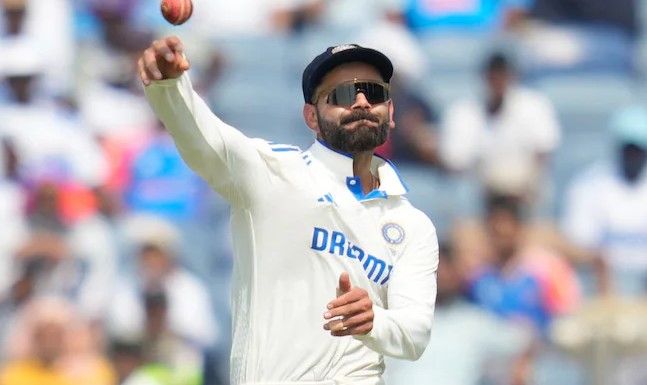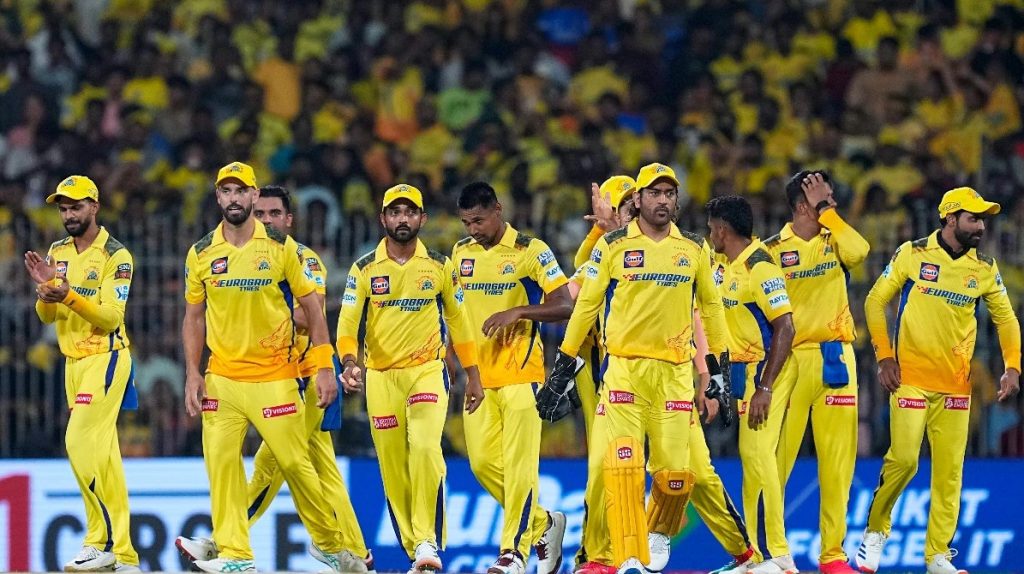Swing King in Cricket: Cricket is a sport known for its variety of playing conditions and diverse styles of bowling. Among the various bowling techniques, swing bowling stands out as one of the most difficult and impactful skills. Swing bowlers can make the ball move through the air, challenging batsmen by causing the ball to deviate left or right, sometimes even creating the illusion of it changing direction in mid-flight. Over the years, several cricketers have earned the title of “Swing King,” a distinction given to those who mastered the art of swinging the ball both ways, often with devastating results.
In this article, we explore the phenomenon of swing bowling, its different types, the bowlers who are considered the Swing Kings of cricket, and how swing bowlers have impacted the game.
Swing King in Cricket: Understanding Swing Bowling
Swing bowling is the art of making the cricket ball move laterally in the air as it travels towards the batsman. This movement, called “swing,” is a product of the way the ball is gripped, the seam orientation, the condition of the ball, and atmospheric conditions. Swing bowlers use the friction between the ball and the air to manipulate the trajectory of the ball.
There are two primary types of swing:
- Conventional Swing:
- This type of swing occurs when the ball is still relatively new (typically within the first 30 overs). The ball’s shiny side is kept smooth, while the other side is roughened to create an imbalance that helps the ball swing.
- Reverse Swing:
- Reverse swing happens when the ball is older (after 30-40 overs). The rough side creates turbulence in the air, causing the ball to move in the opposite direction to conventional swing. Reverse swing is often more pronounced at higher speeds and requires great skill to execute effectively.
Key Factors Influencing Swing
The ability to swing the ball is influenced by several factors:
| Factor | Description |
|---|---|
| Ball Condition | The state of the ball, particularly the roughness of one side, plays a critical role. A rough side helps generate swing. |
| Seam Orientation | The way the seam is angled towards or away from the slip fielders influences how the ball swings. |
| Weather Conditions | Humid or overcast conditions enhance swing, as moisture in the air makes it easier for the ball to move. |
| Bowling Speed | Faster bowlers are more likely to generate reverse swing, while slower bowlers can generate conventional swing. |
| Bowling Action | A bowler’s wrist position and seam alignment are crucial in generating swing. A high-arm action can enhance conventional swing. |
Swing Kings of Cricket
Over the years, cricket has seen several bowlers who have earned the title of “Swing King” due to their exceptional ability to move the ball both ways. Below are some of the greatest swing bowlers in the history of the game, their records, and their impact on cricket.
1. Wasim Akram (Pakistan)
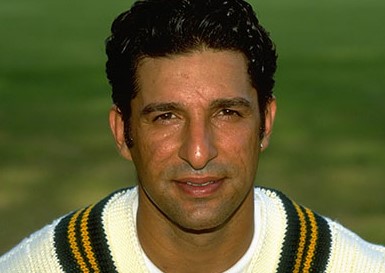
Wasim Akram, known as the “Sultan of Swing,” is widely regarded as one of the greatest fast bowlers in the history of cricket. He could swing the ball both ways at high speeds, making him lethal to both right- and left-handed batsmen.
| Statistical Highlights | Details |
|---|---|
| Career Span | 1984–2003 |
| Test Matches Played | 104 |
| ODIs Played | 356 |
| Test Wickets | 916 |
| ODI Wickets | 916 |
| Best Test Bowling | 7/119 (vs New Zealand) |
| Best ODI Bowling | 5/15 (vs West Indies) |
Akram’s ability to generate reverse swing with the old ball, especially in subcontinent conditions, made him a match-winner. His sharp inswingers to right-handed batsmen and deadly outswingers made him a nightmare for even the best batsmen in the world.
2. James Anderson (England)
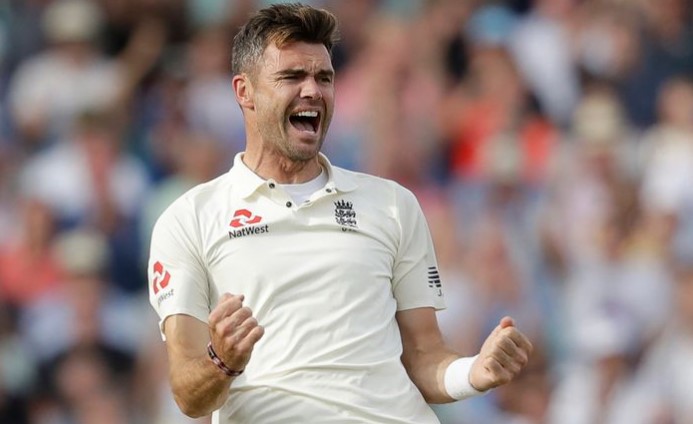
James Anderson is one of the most successful swing bowlers in the modern era. Known for his ability to move the ball both ways, Anderson’s swing bowling has been a hallmark of English cricket for over a decade.
| Statistical Highlights | Details |
|---|---|
| Career Span | 2003–present |
| Test Matches Played | 179 |
| ODIs Played | 194 |
| Test Wickets | 682 (and counting) |
| ODI Wickets | 269 |
| Best Test Bowling | 7/43 (vs India) |
| Best ODI Bowling | 5/23 (vs Australia) |
Anderson’s ability to swing the ball in English conditions, particularly with the Duke ball, has set him apart. His outswinger, particularly in seaming conditions, has troubled many batsmen over the years.
3. Dale Steyn (South Africa)

While primarily known for his pace, Dale Steyn’s ability to swing the ball at high speeds made him one of the most dangerous bowlers of his generation. His ability to reverse the ball with pace is a hallmark of his swinging ability.
| Statistical Highlights | Details |
|---|---|
| Career Span | 2004–2019 |
| Test Matches Played | 93 |
| ODIs Played | 125 |
| Test Wickets | 439 |
| ODI Wickets | 196 |
| Best Test Bowling | 7/51 (vs New Zealand) |
| Best ODI Bowling | 5/30 (vs Pakistan) |
Steyn’s reverse swing in the latter stages of his career, especially in subcontinent conditions, was a devastating weapon. His fast inswinging deliveries were particularly hard to counter.
4. Mohammad Asif (Pakistan)
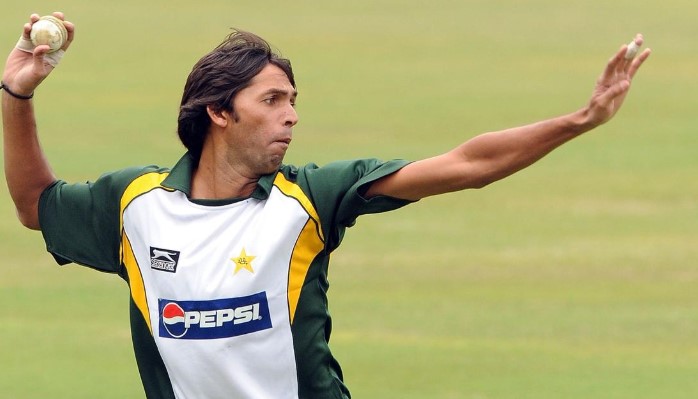
Mohammad Asif was a master of conventional swing, particularly in favorable conditions. His ability to move the ball both ways, along with his accuracy, made him a threat in all formats.
| Statistical Highlights | Details |
|---|---|
| Career Span | 2005–2010 (with a ban period) |
| Test Matches Played | 23 |
| ODIs Played | 38 |
| Test Wickets | 106 |
| ODI Wickets | 46 |
| Best Test Bowling | 7/36 (vs Sri Lanka) |
| Best ODI Bowling | 4/34 (vs India) |
Asif’s immaculate control over the seam and his ability to swing the ball both ways at will made him a significant force during his peak years.
5. Curtly Ambrose (West Indies)

Although not traditionally associated with swing bowling, Curtly Ambrose’s ability to extract bounce and late swing made him a key player in West Indies’ bowling attack in the 1990s.
| Statistical Highlights | Details |
|---|---|
| Career Span | 1988–2000 |
| Test Matches Played | 98 |
| ODIs Played | 176 |
| Test Wickets | 405 |
| ODI Wickets | 225 |
| Best Test Bowling | 7/25 (vs Australia) |
| Best ODI Bowling | 5/14 (vs Sri Lanka) |
Impact of Swing Bowlers on the Game
Swing bowlers have always been highly valued for their ability to break partnerships and change the course of a match. They play a crucial role in Test matches, particularly when conditions favor swing, such as overcast skies or damp pitches. Their impact is equally important in limited-overs cricket, where their ability to control the ball in the powerplay overs or at the death is vital.
- Breaking Partnerships: A well-timed swing delivery can disrupt a batting order, especially if a batsman is set or the partnership is building.
- Pressure in Limited-Overs: In ODIs and T20s, swing bowlers are key to applying early pressure, often picking up early wickets or choking the batsmen with swinging deliveries.
- Bowling Strategy: Swing bowlers often need to employ different strategies to outthink the batsman, making them invaluable to the captain for their variety and unpredictability.
Conclusion
Swing bowling remains one of the most captivating and effective aspects of cricket, requiring precision, skill, and the ability to read the conditions. The Swing Kings—Wasim Akram, James Anderson, Dale Steyn, Mohammad Asif, and Curtly Ambrose—have showcased the highest level of mastery over the art of swing bowling. These bowlers not only made significant contributions to their respective teams but also shaped the way cricket is played today. Swing bowling remains an essential weapon, and its legacy continues to inspire future generations of fast bowlers.

